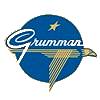

JRF Goose
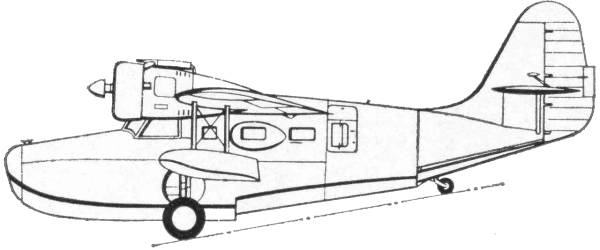
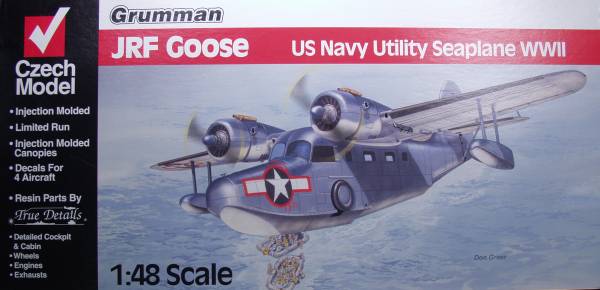
The Czech Model kit comes in one of the unhandy end flap boxes, rather large for a Czech Model kit with nice artwork of a Goose circling over some men in life rafts. Inside the box the main sprues are in one large bag which also contains a small bag with the clear parts and another with resin parts. The kit is molded in a medium gray plastic. The large parts all had a smooth shiny finish with nice recessed panel lines and a small amount of flash. I did not find any sink marks on the main pieces and only one goober that needs dealt with but there were a number of abrasion marks from shipping and the sprue attachment points are large enough on many parts to require a razor saw for safe removal. Except for the rudder all the control surfaces are fixed and the demarcation lines could be a little deeper but that is easy to fix. The fabric areas are well done. There are ejector pin stubs that will need to be remove for appearance on the interior as well as fit in other areas ! The small parts all have flash and a good sized parting line to deal with. Like most limited run kits it has no alignment pins. The kit comes with a resin cockpit and interior by True Details which includes seats, side wall details, resin engines even though that kit comes with plastic as well and resin weighted tires, the plastic one are not. Also included are two bombs with separate fins, one of mine arrived broken as well as some parts broken off the pilot seat mounts. Nothing that can't be fixed though. Altogether there are 65 gray parts, 31 resin parts and 12 clear parts for a total of 108 parts. The sprues and resin parts are shown below...
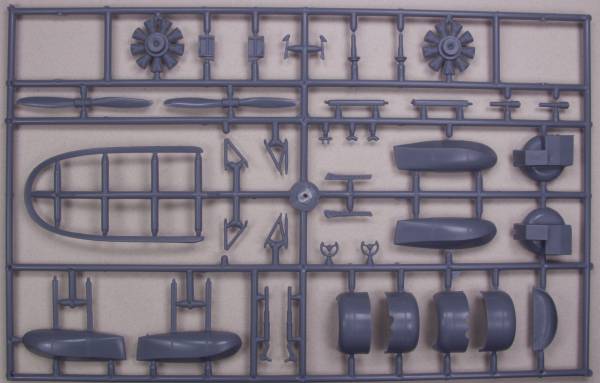
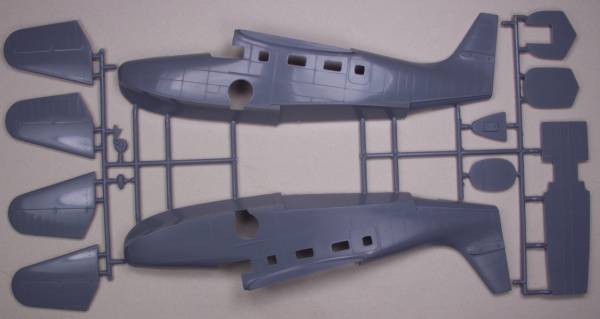
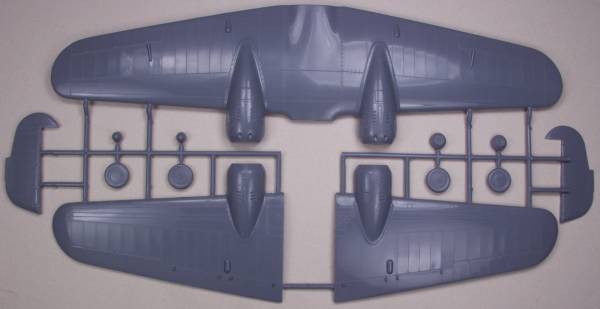
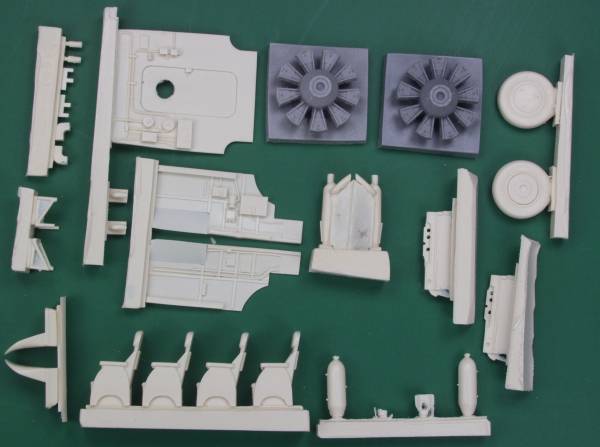
The clear parts are a medium thickness as clear parts go and should look OK with a coat of Future. The main windows are molded with part of the cabin making blending it to the fuselage easier and it's a good thing as this seems to be one area where fit leaves something to be desired. The clear parts are shown below...
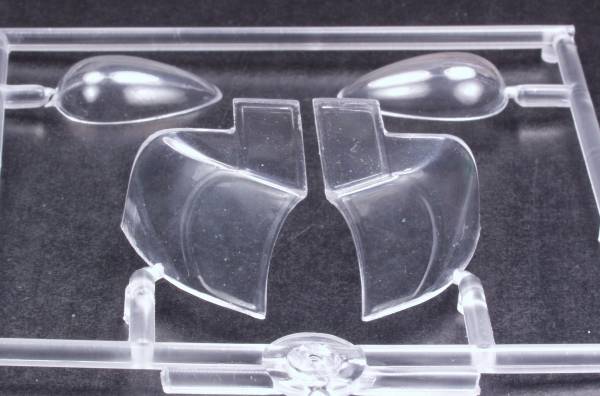
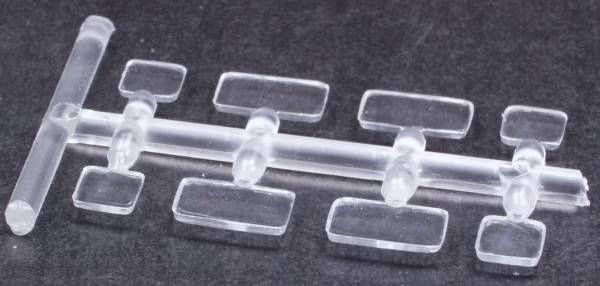
The decals are well registered and provide markings for four aircraft the decals are thin and opaque and include some stenciling and manufacturer decals for the props. See below...
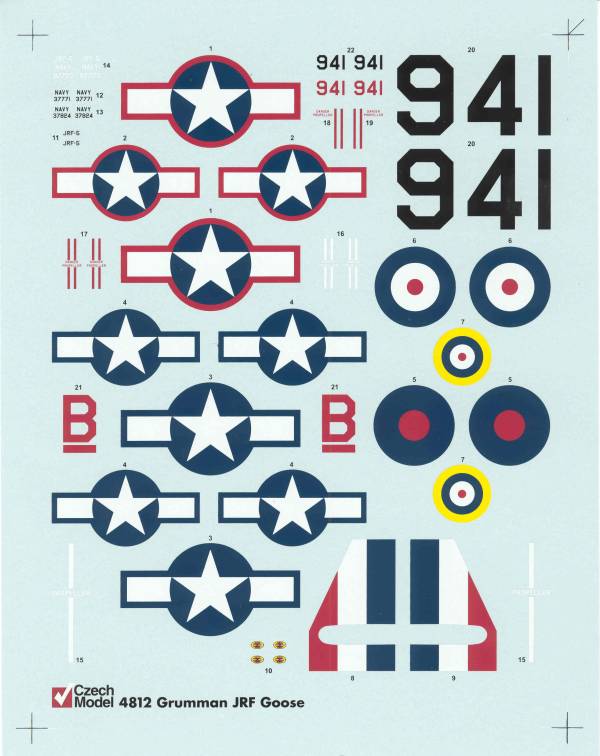
The instructions are are printed on an 11" x 17" page folded to make four pages. Page one is history and a parts map along with the usual glue and paint and resin safety warnings, the next two cover assembly and the last page camouflage and markings. Colors are called out by name and FS numbers. While not elaborate the instructions are adequate.
Conclusions
Overall this is a nice kit and a rather large one as well with a wingspan of nearly 50 feet and a length of 38 feet. Like most limited run kits it has some challenges. According to other reviews the interior bulkheads are all a bit too large, there are issues getting the wheel wells to fit correctly and the cockpit glass does not fit well. Nothing that should put off a modeler with some experience with these types of kits.
Links to kit build or reviews
Build / reviews can be found here and here.
References
"War Planes of the Second World War Volume 5, Flying Boats" by William Green
Updated 5/13/08